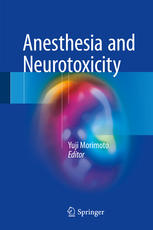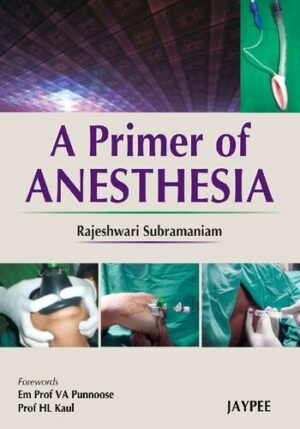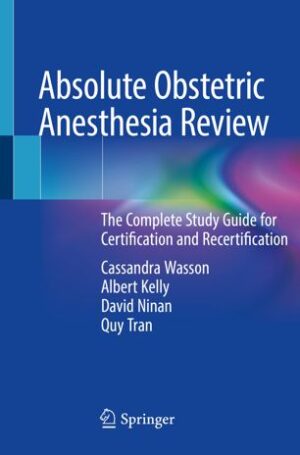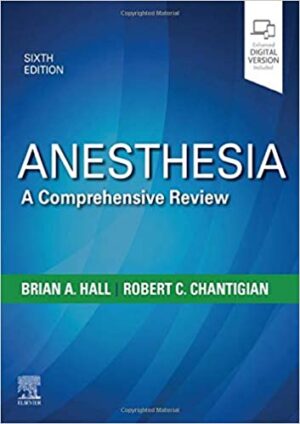Description
“Anesthesia and Neurotoxicity” is an area of medical research and concern that focuses on potential adverse effects of anesthesia on the developing or mature nervous system. The topic has gained attention in recent years due to studies suggesting that certain anesthetic agents, particularly in pediatric patients, might have neurotoxic effects. Here are key points related to anesthesia and neurotoxicity:
1. Developing Nervous System:
- The concern primarily centers on the developing nervous system, especially in infants and young children. The brain undergoes critical stages of development during this time.
2. Anesthetic Agents:
- Various anesthetic agents have been studied, with a focus on inhalational anesthetics (e.g., isoflurane, sevoflurane) and intravenous agents (e.g., propofol). Some studies suggest that prolonged or repeated exposure to these agents may have adverse effects on the nervous system.
3. Preclinical and Animal Studies:
- Much of the evidence comes from preclinical and animal studies. These studies have shown neurotoxic effects in laboratory animals when exposed to anesthetics during critical periods of brain development.
4. Clinical Studies:
- Clinical studies have provided some evidence of potential neurotoxicity, particularly in young children who have undergone multiple or lengthy anesthesia exposures. However, the findings are not always consistent, and the clinical implications remain a topic of debate.
5. Vulnerable Populations:
- Certain populations may be more vulnerable to anesthesia-related neurotoxicity, including premature infants and children undergoing multiple surgeries or prolonged procedures.
6. Mechanisms:
- The precise mechanisms underlying anesthesia-related neurotoxicity are not fully understood. It is thought to involve disturbances in neurogenesis, synaptogenesis, and neuronal apoptosis.
7. Anesthetic Practices:
- The debate has led to changes in anesthetic practices, with efforts to minimize anesthetic exposure in young children and explore alternative approaches, such as regional anesthesia when feasible.
8. Risk-Benefit Assessment:
- Anesthesia providers must carefully assess the potential risks and benefits of anesthesia for each patient, taking into account the urgency of the procedure and the age of the patient.
9. Informed Consent:
- Informed consent processes may involve discussions about the potential risks of anesthesia-related neurotoxicity, particularly in pediatric cases.
10. Research and Monitoring: – Ongoing research is essential to better understand the long-term implications of anesthesia-related neurotoxicity and to develop strategies for mitigation.
11. Regulatory Guidance: – Regulatory agencies and professional organizations continue to provide guidance on anesthesia practices to minimize potential risks.
It’s important to note that while concerns about anesthesia-related neurotoxicity exist, anesthesia remains a critical component of medical care, and its benefits often outweigh potential risks. Patients and their families should discuss any concerns with their healthcare providers, who can provide guidance based on the specific medical situation. Advances in anesthesia techniques and research are ongoing to improve patient safety and outcomes.





Reviews
There are no reviews yet.